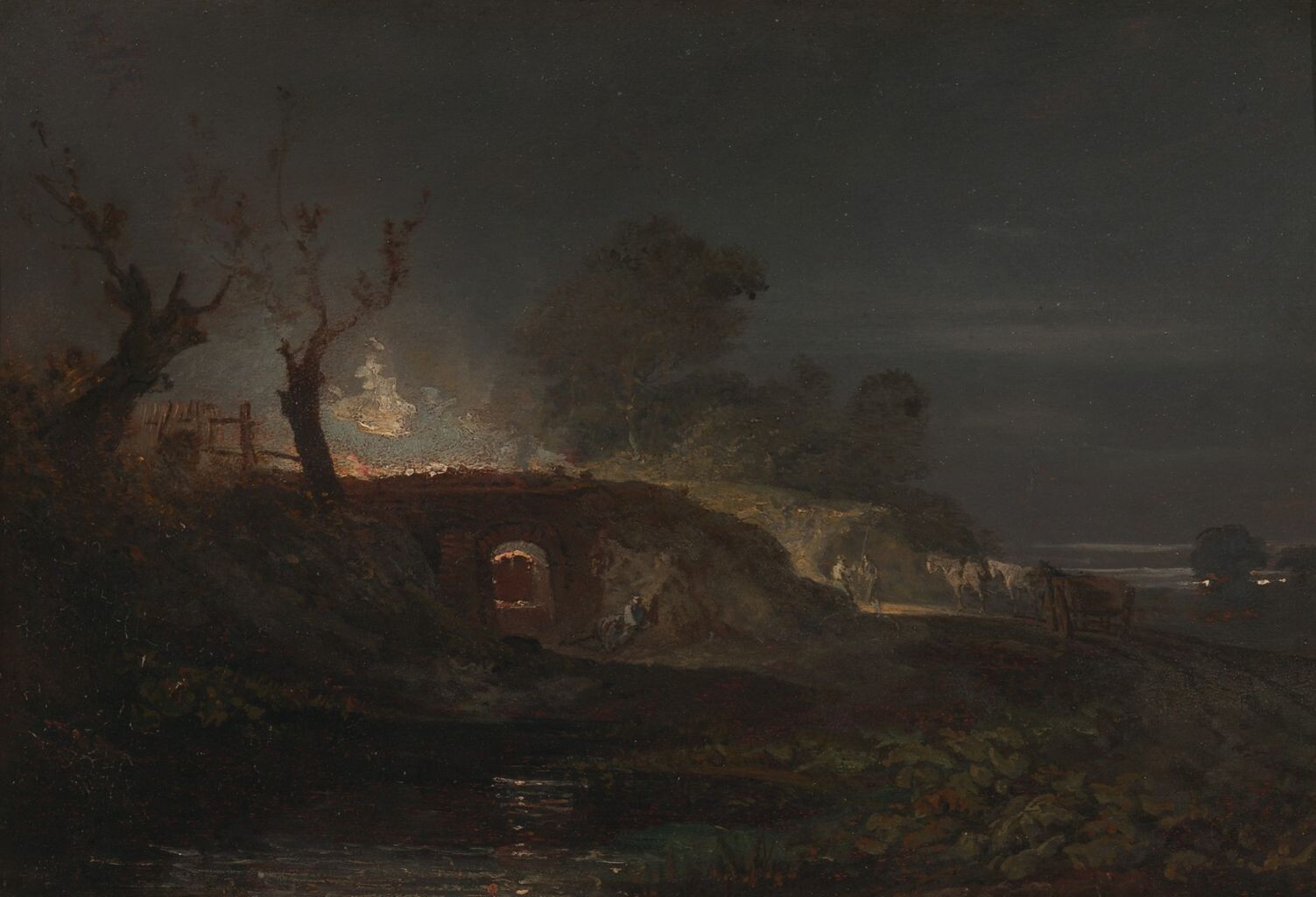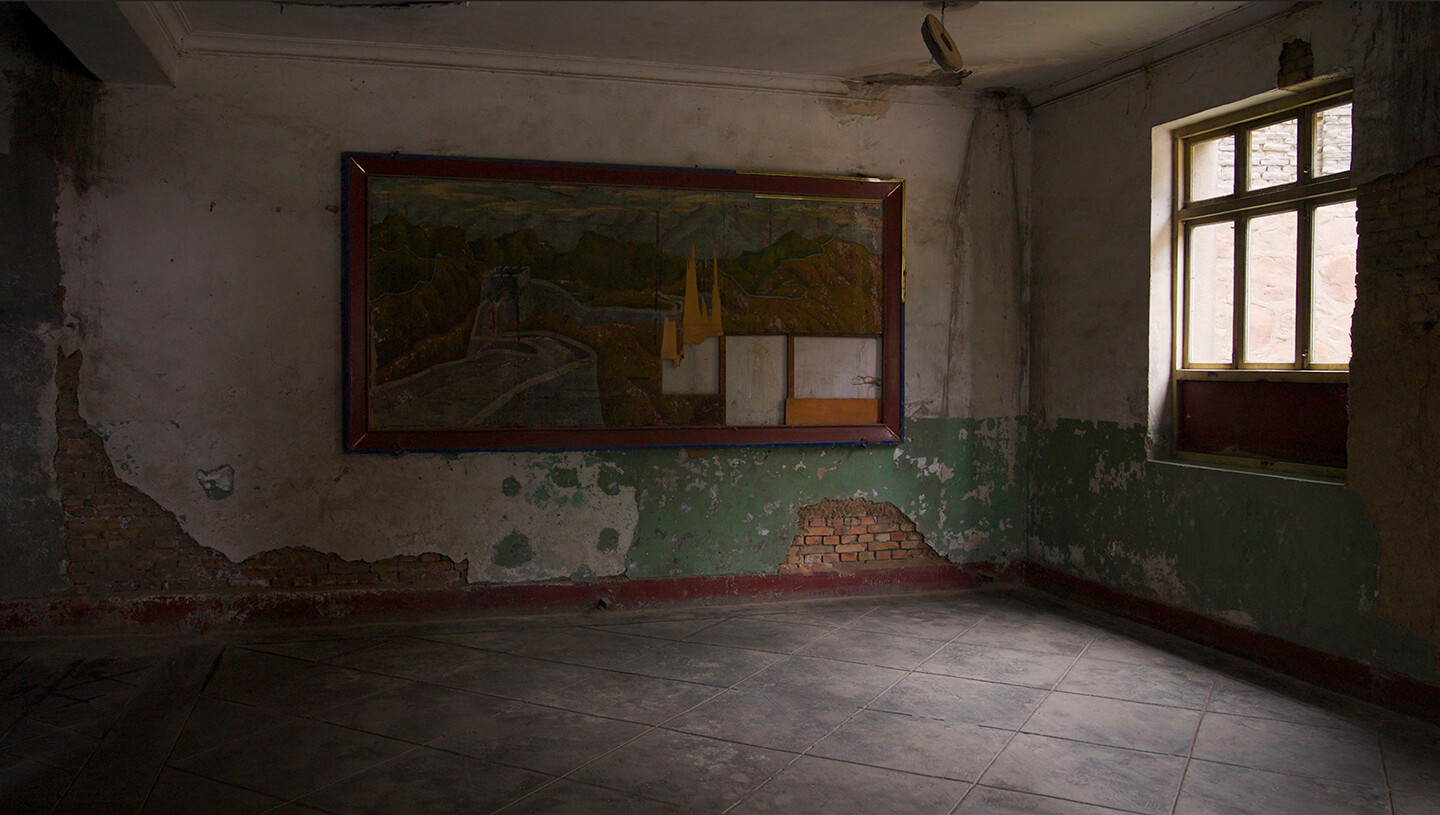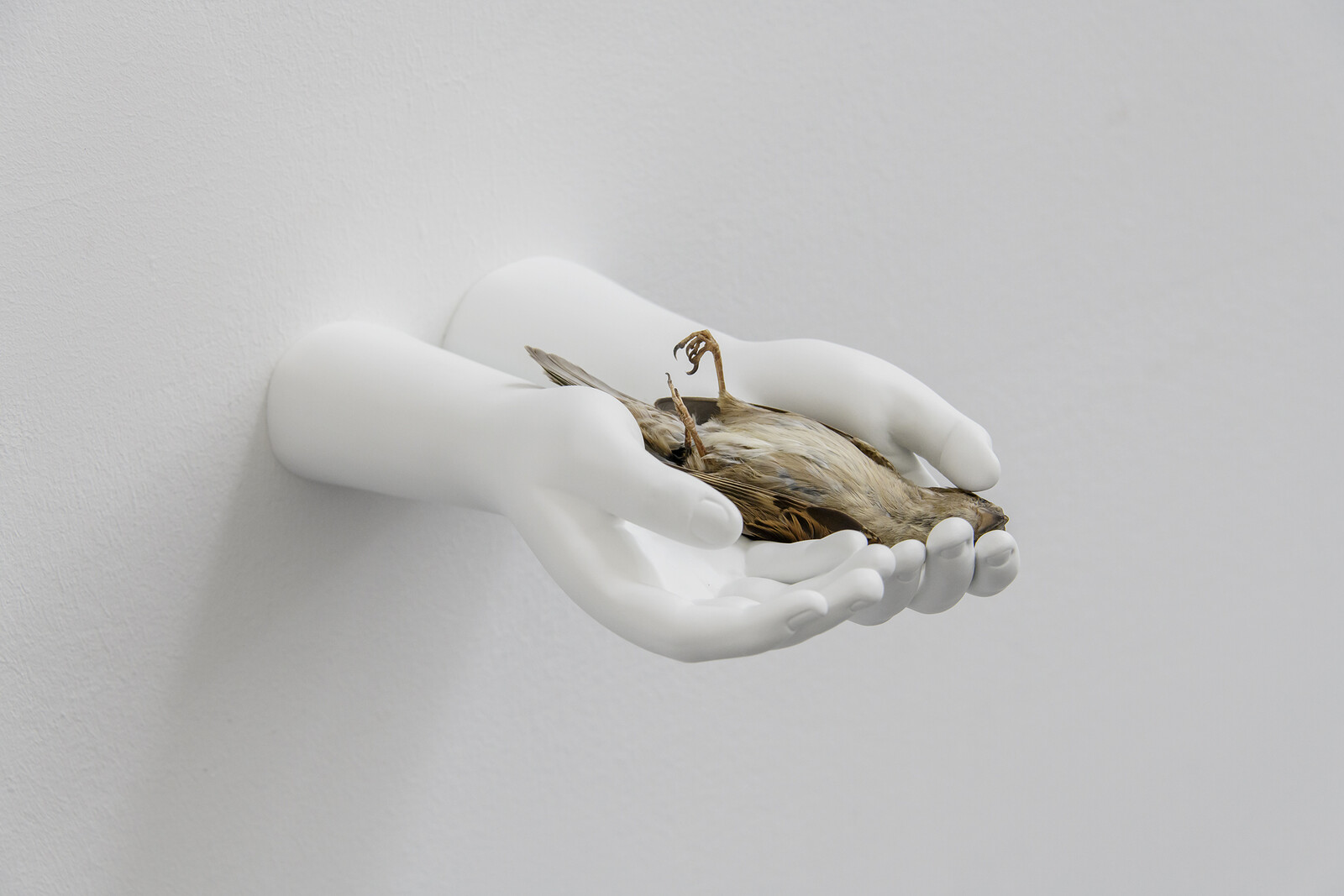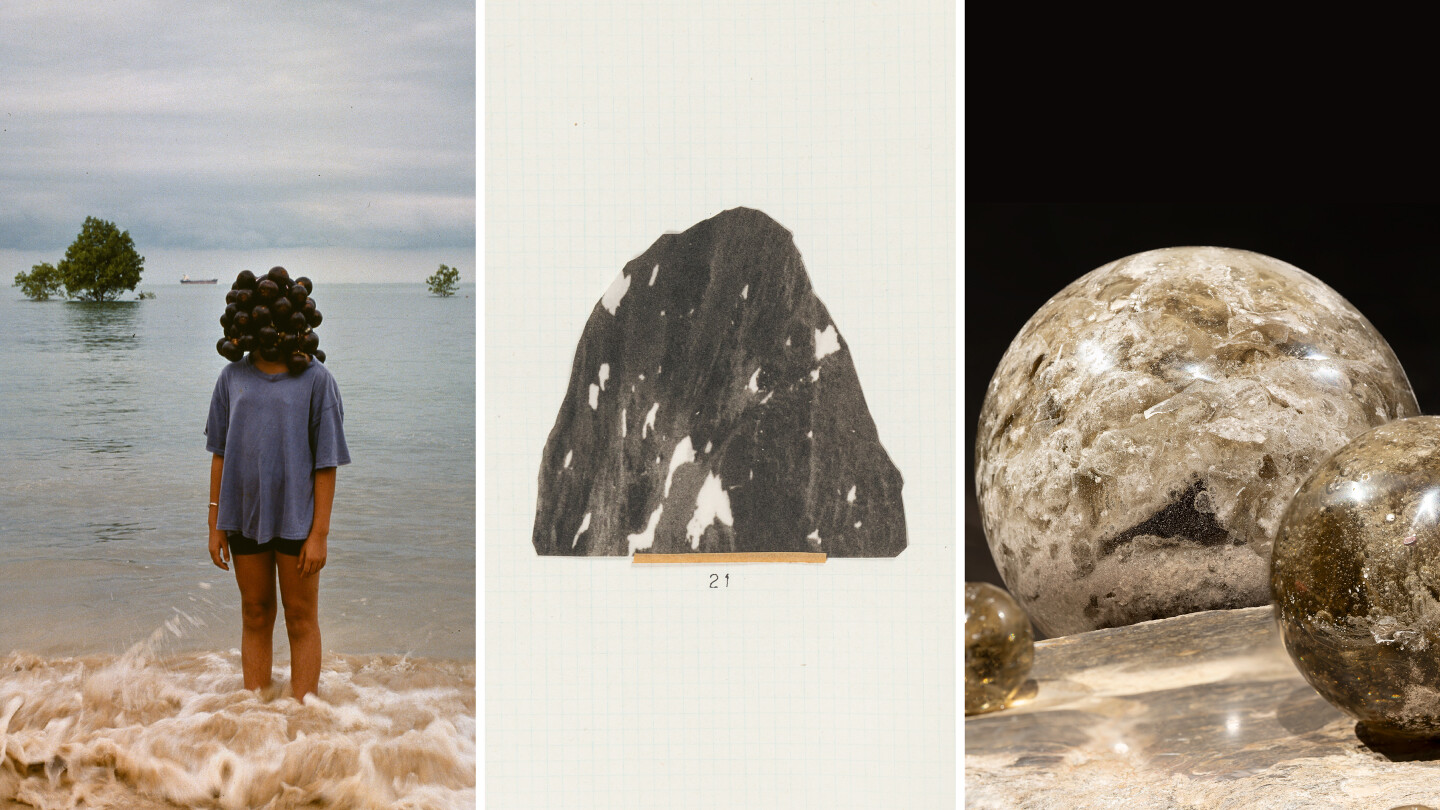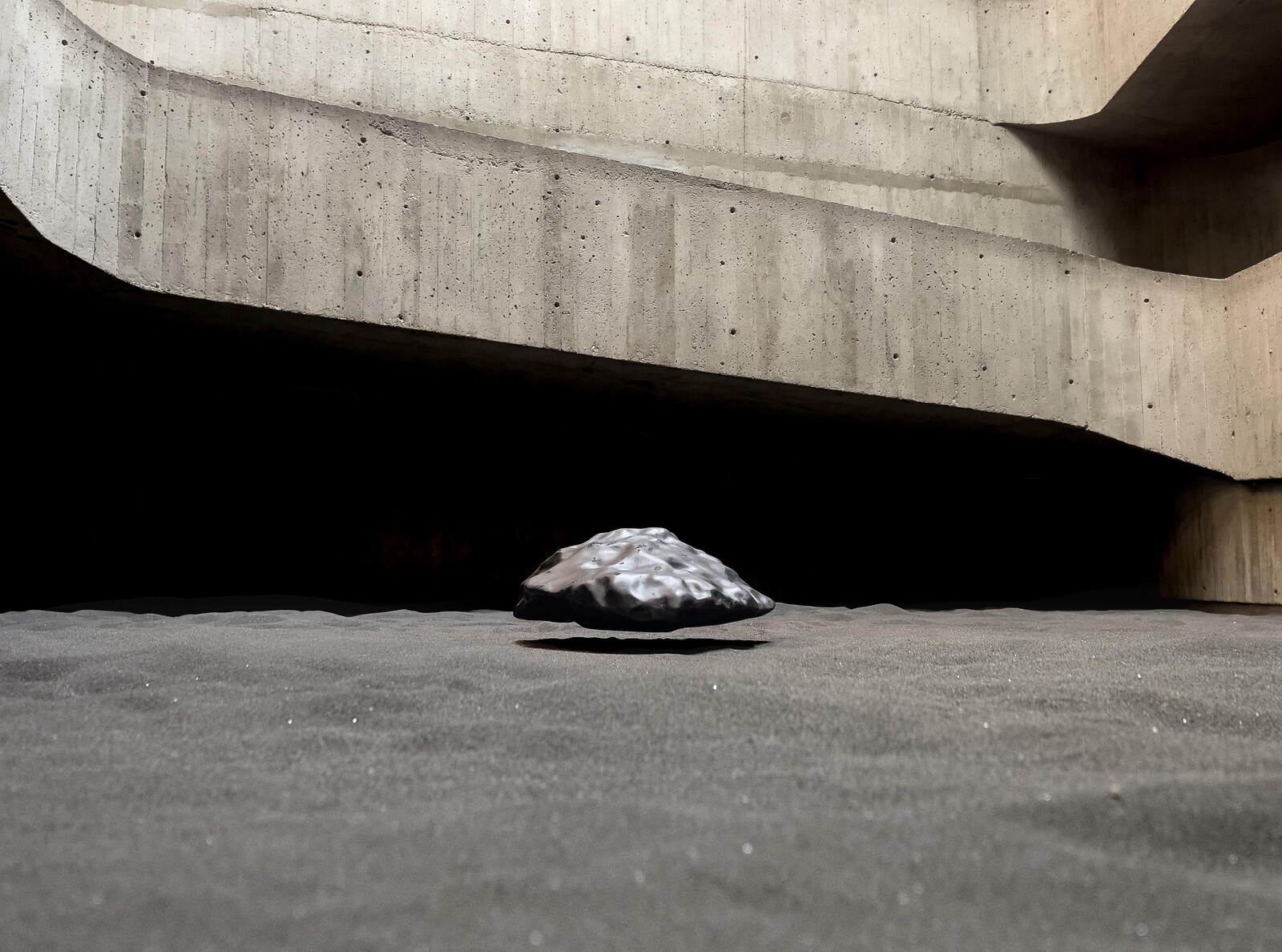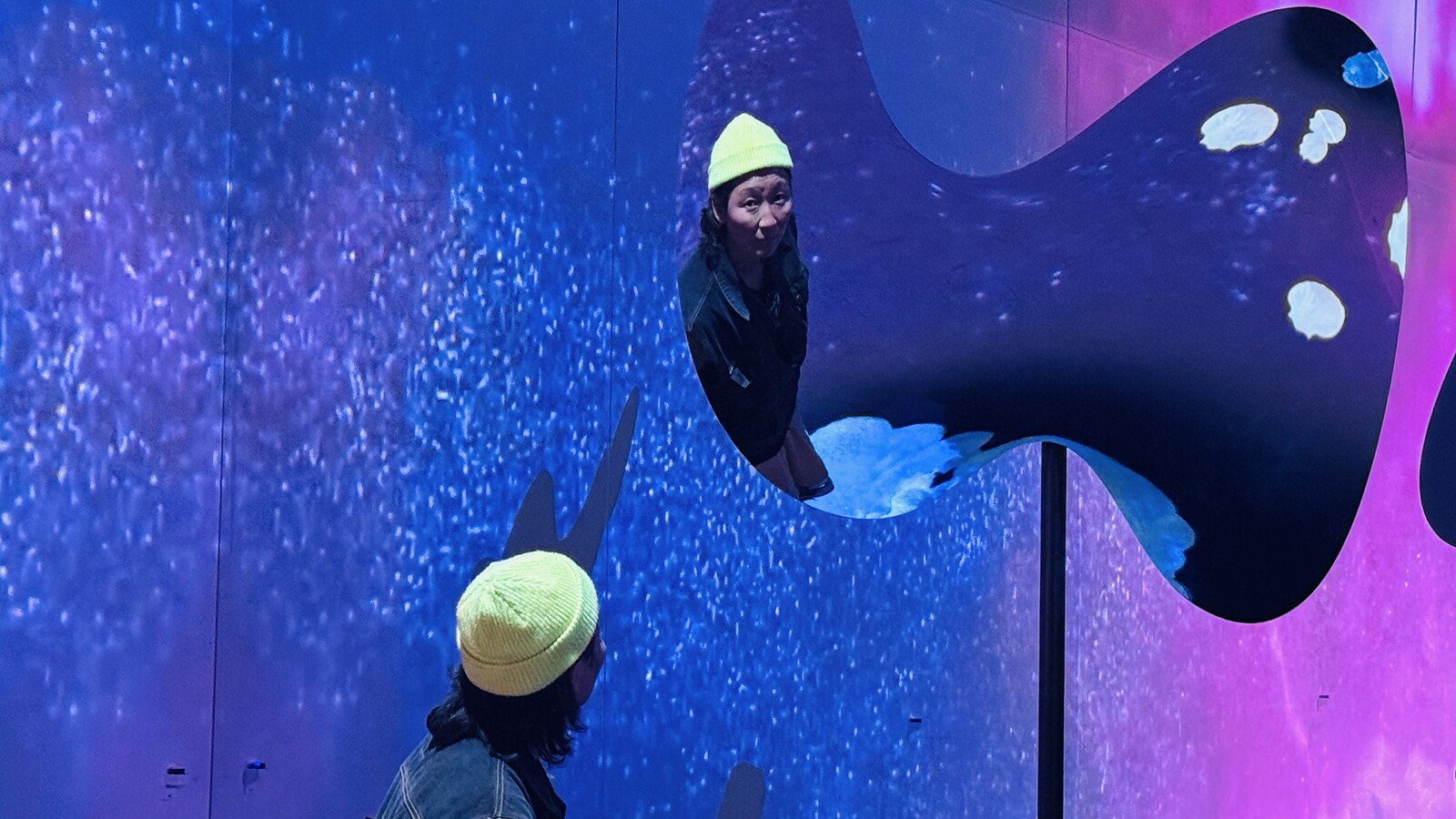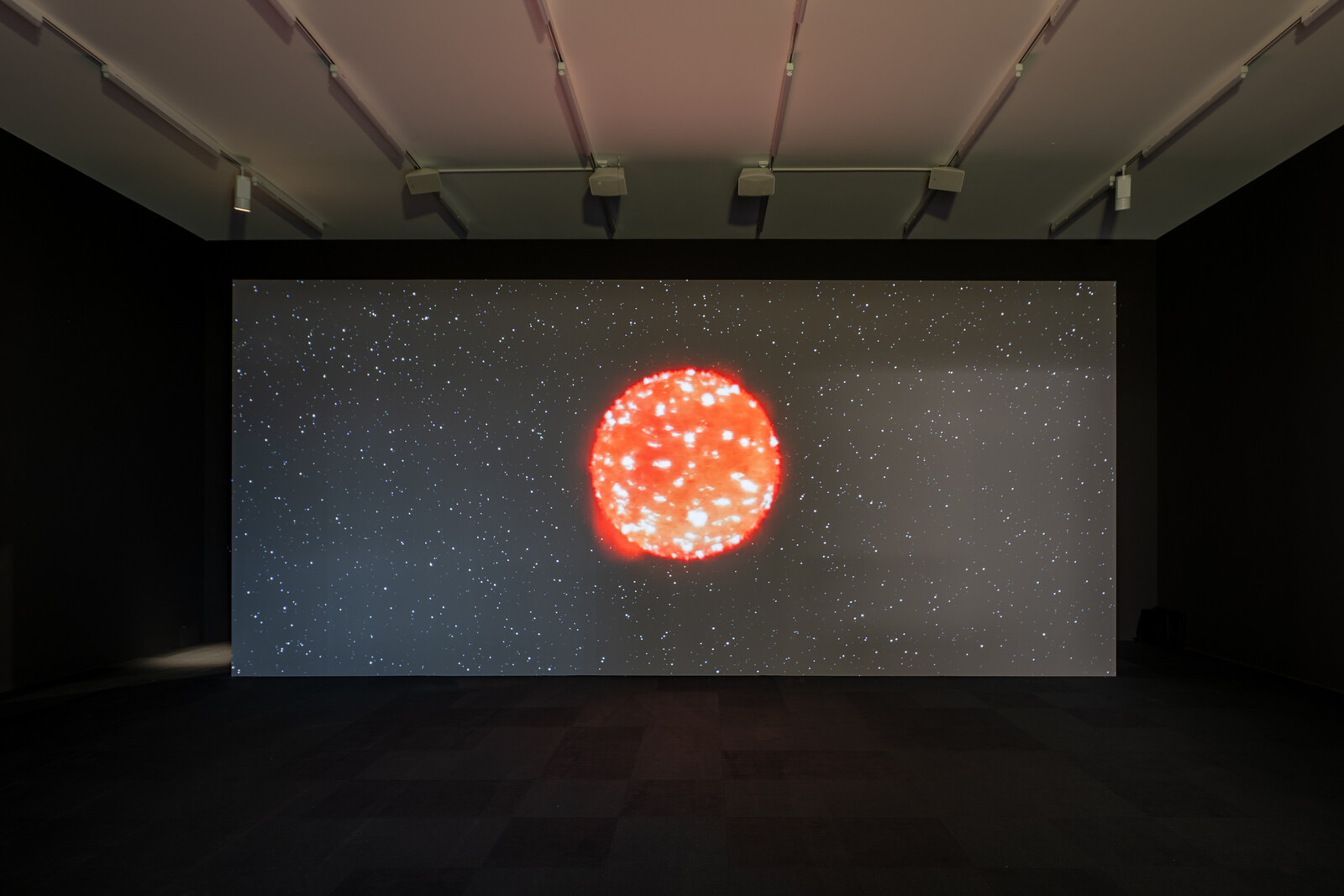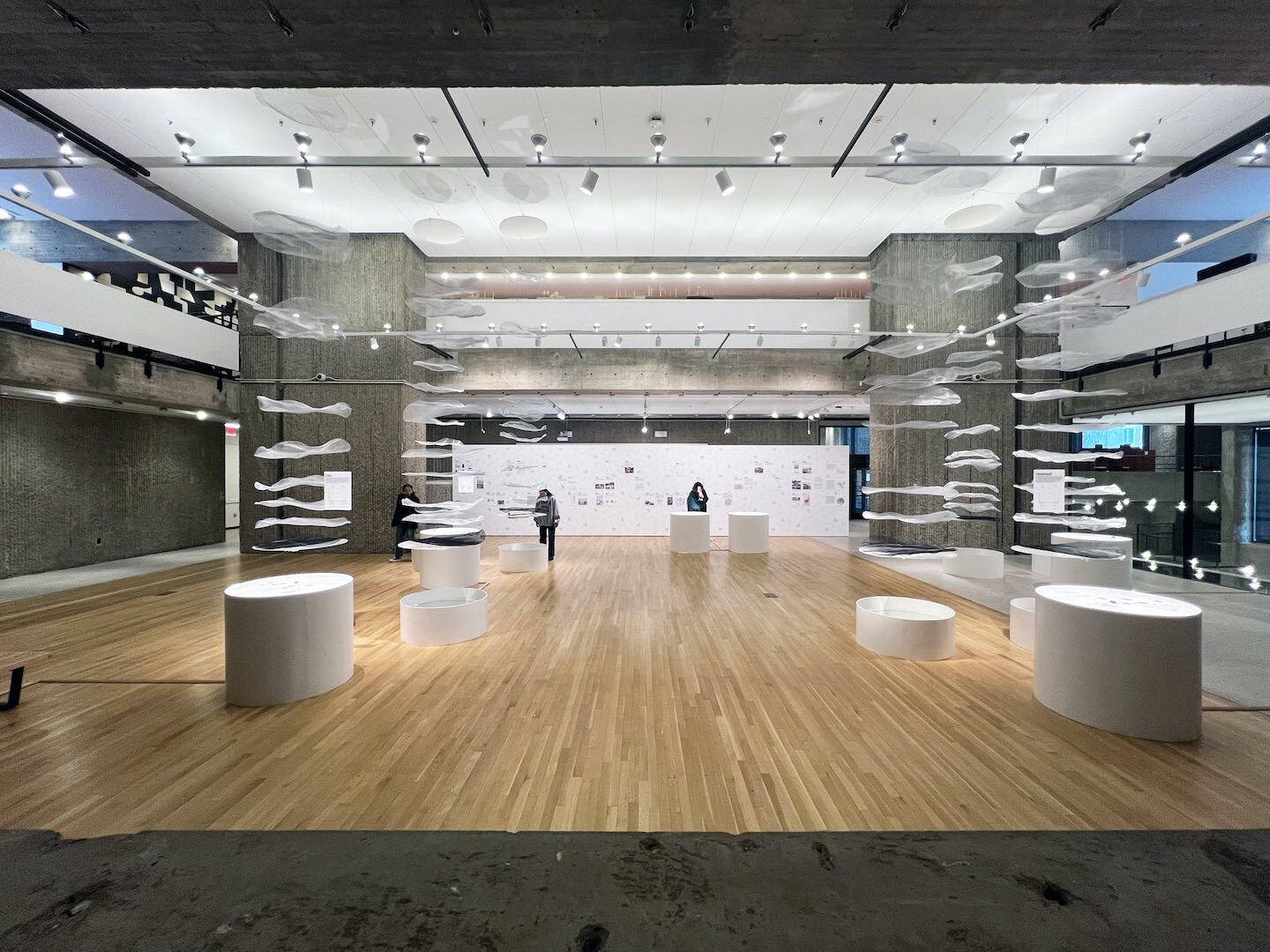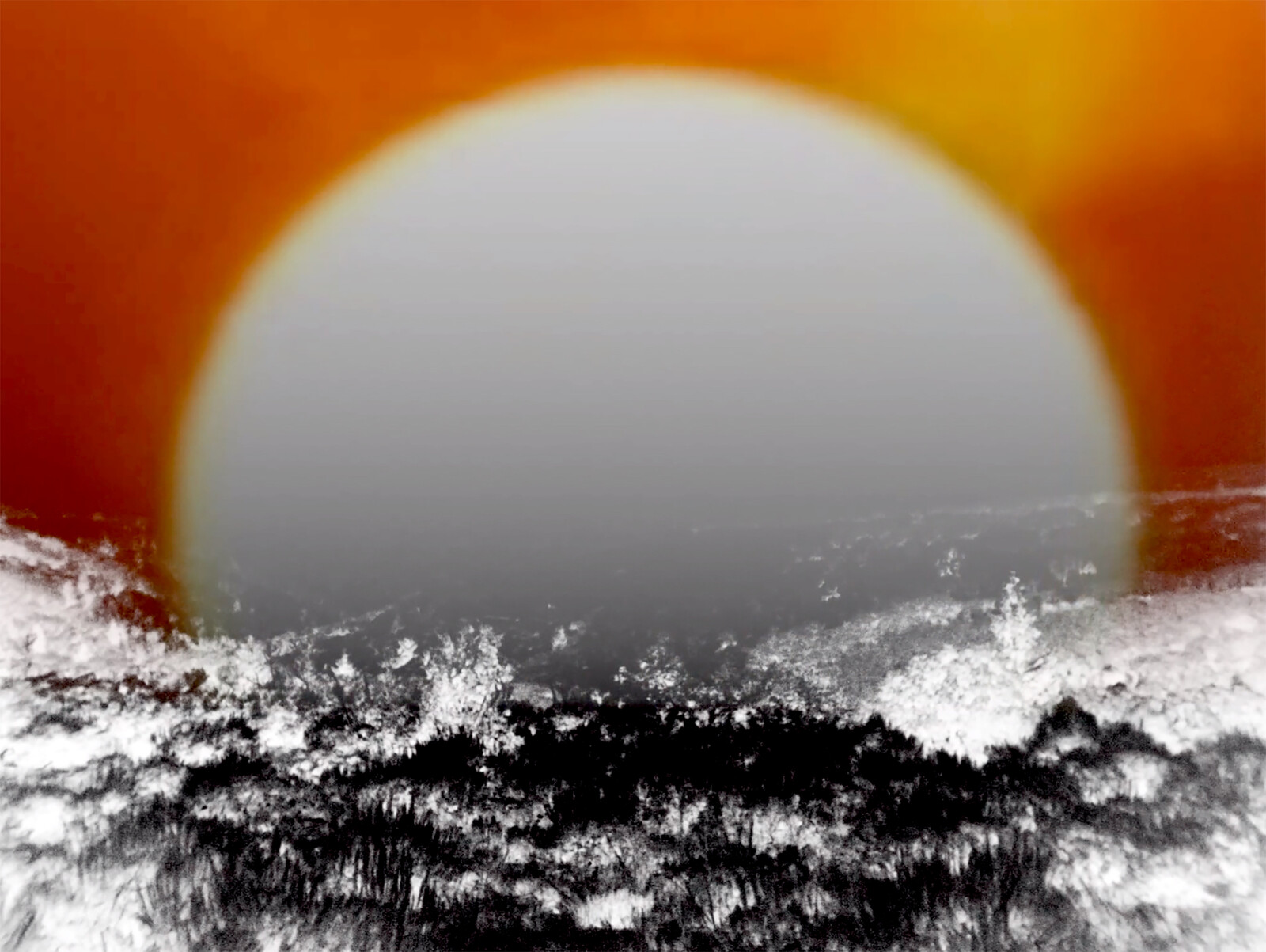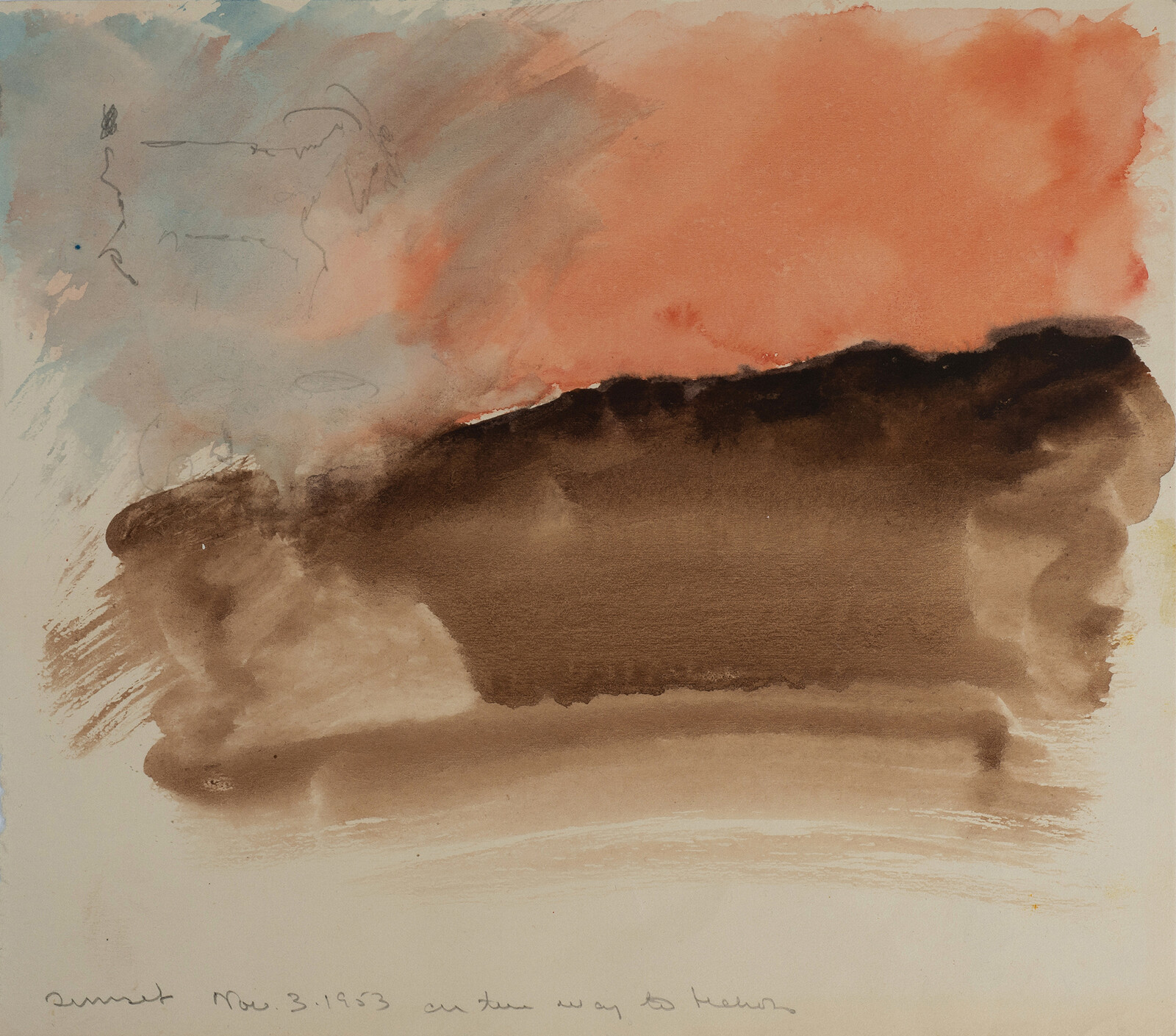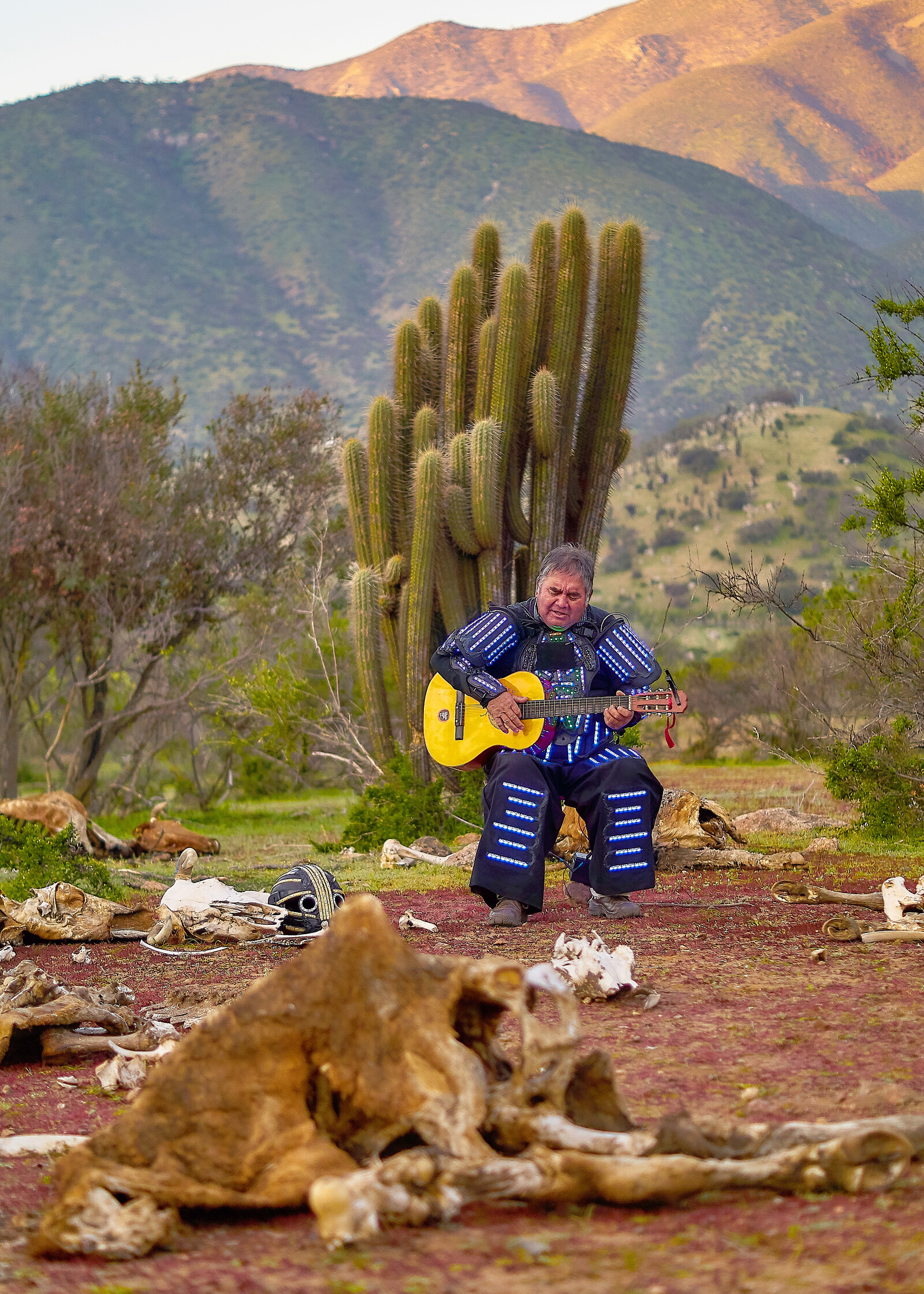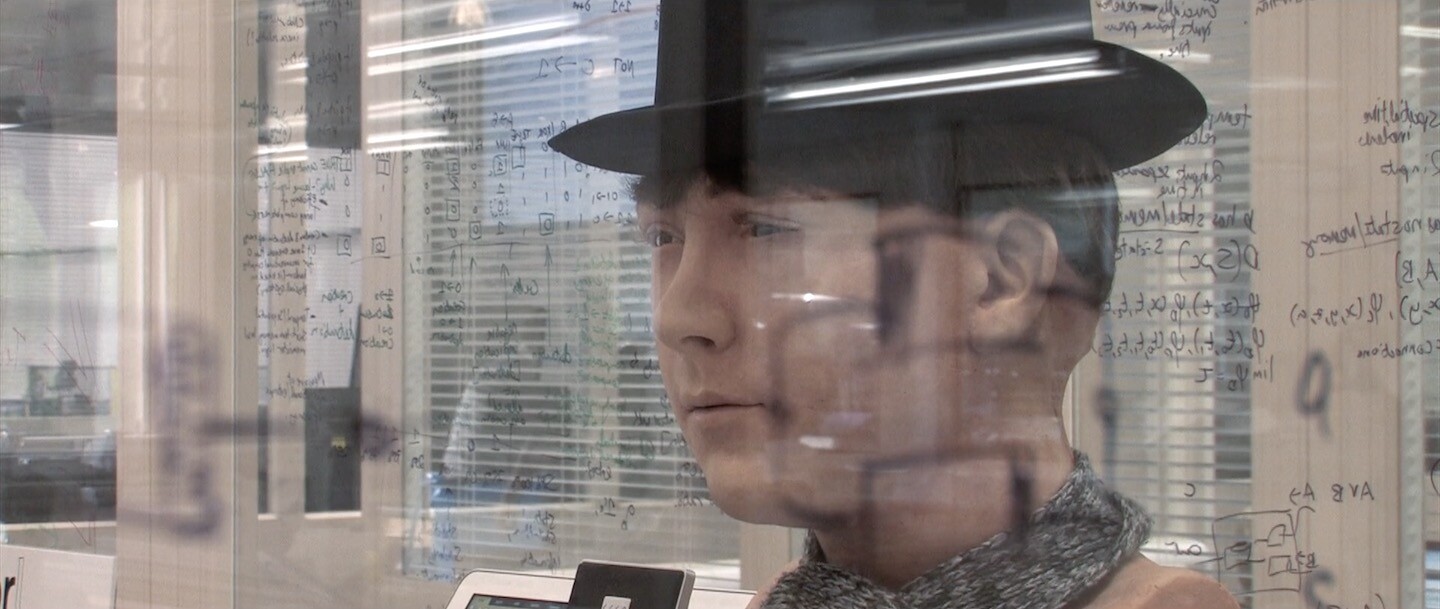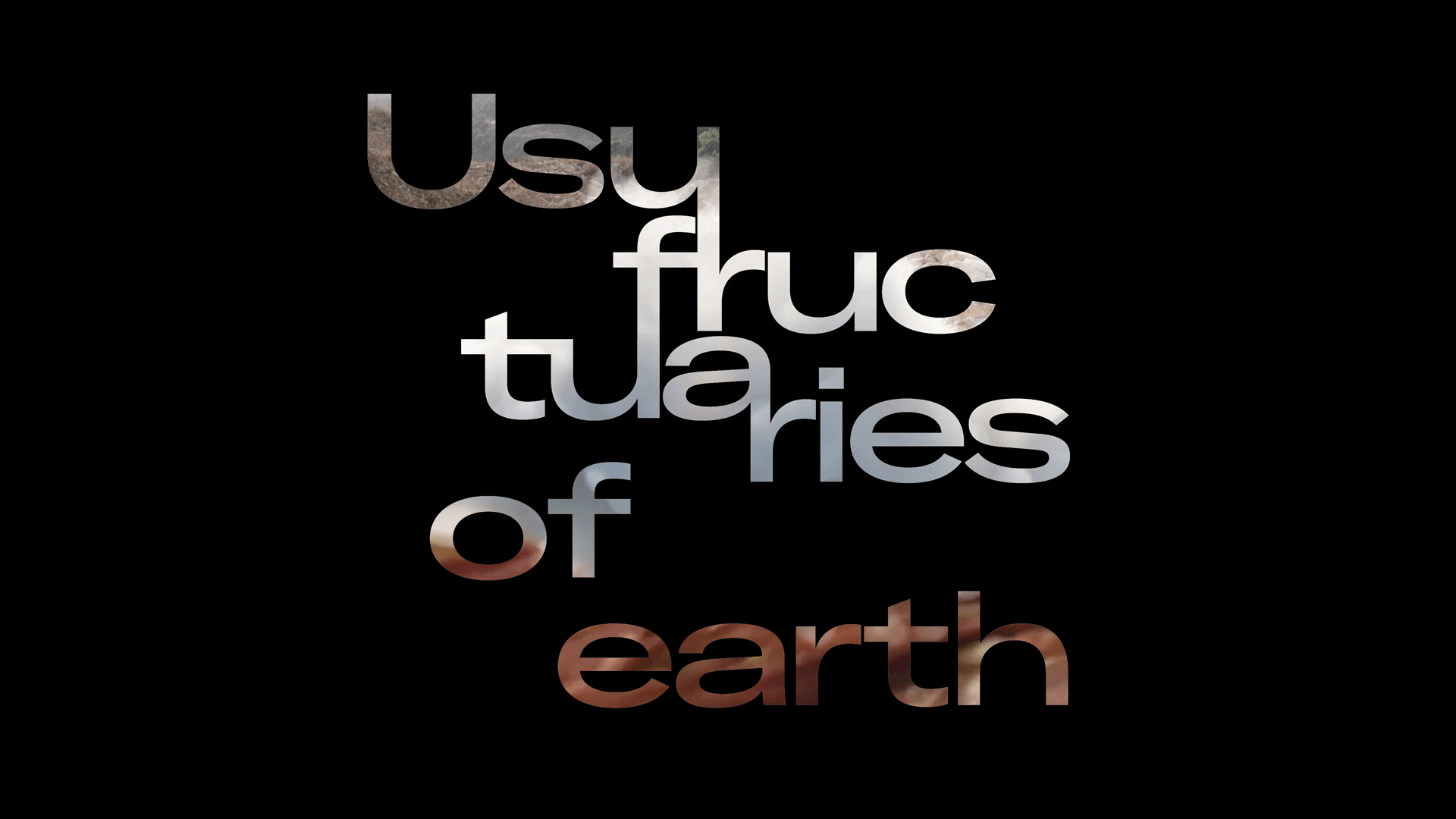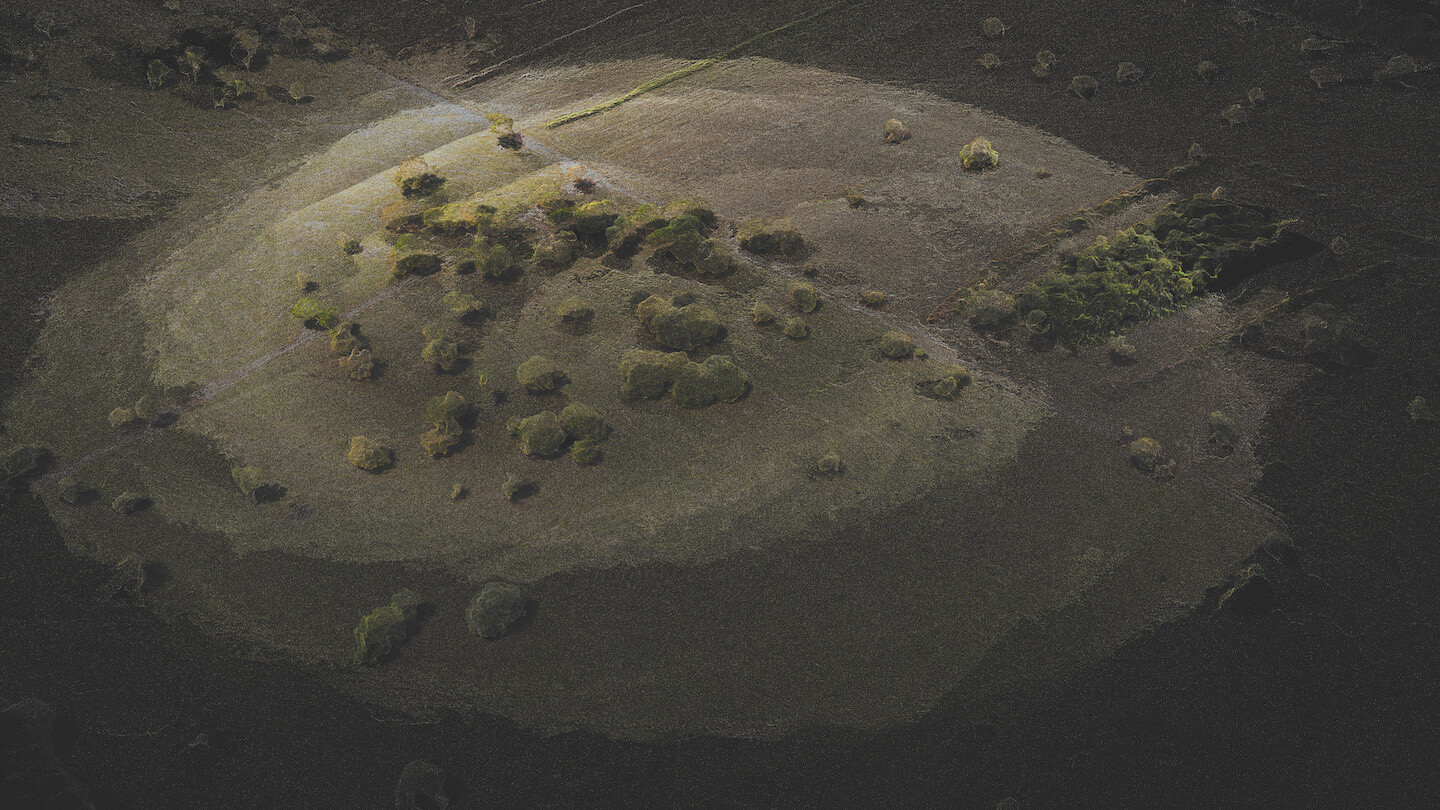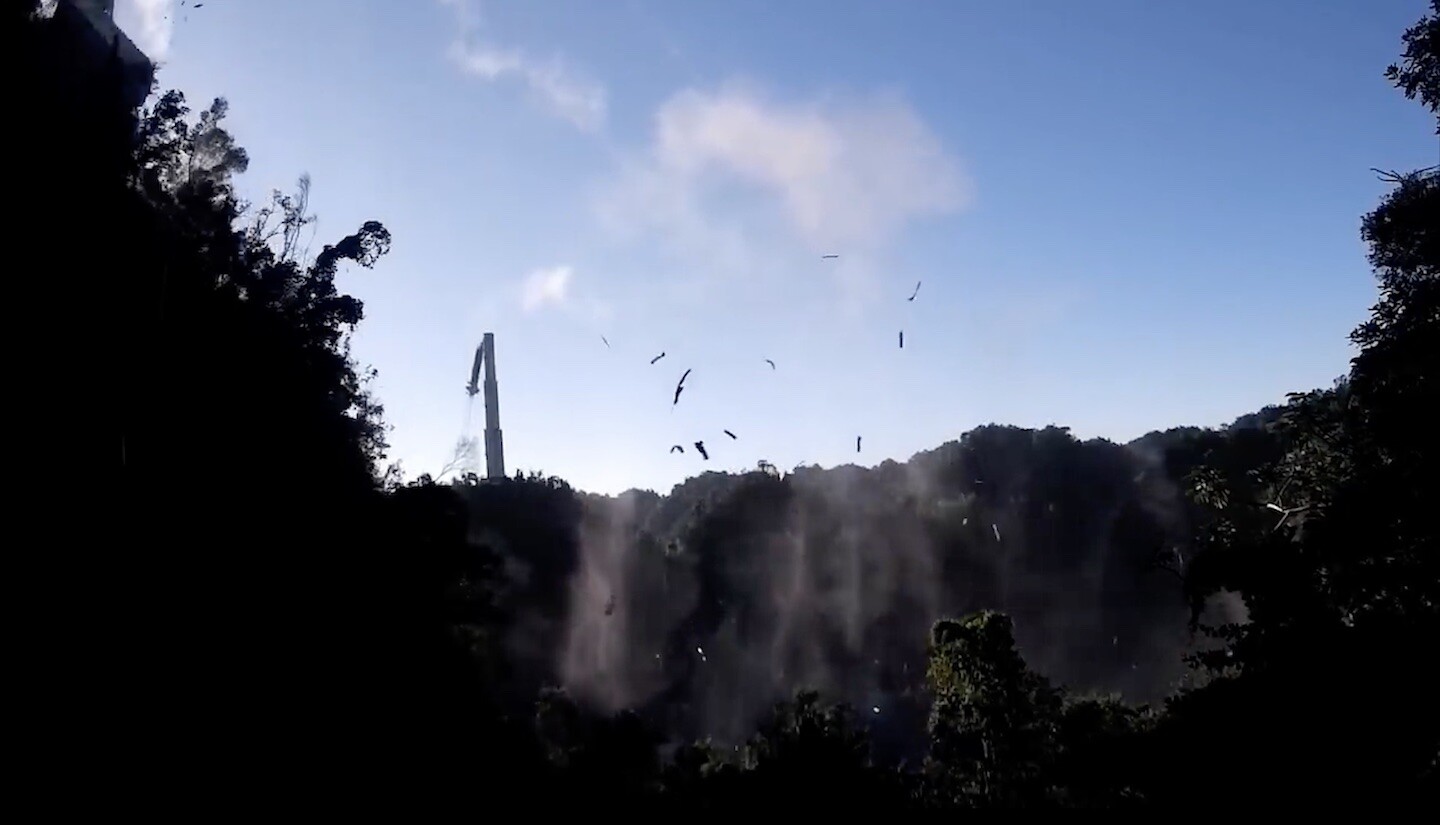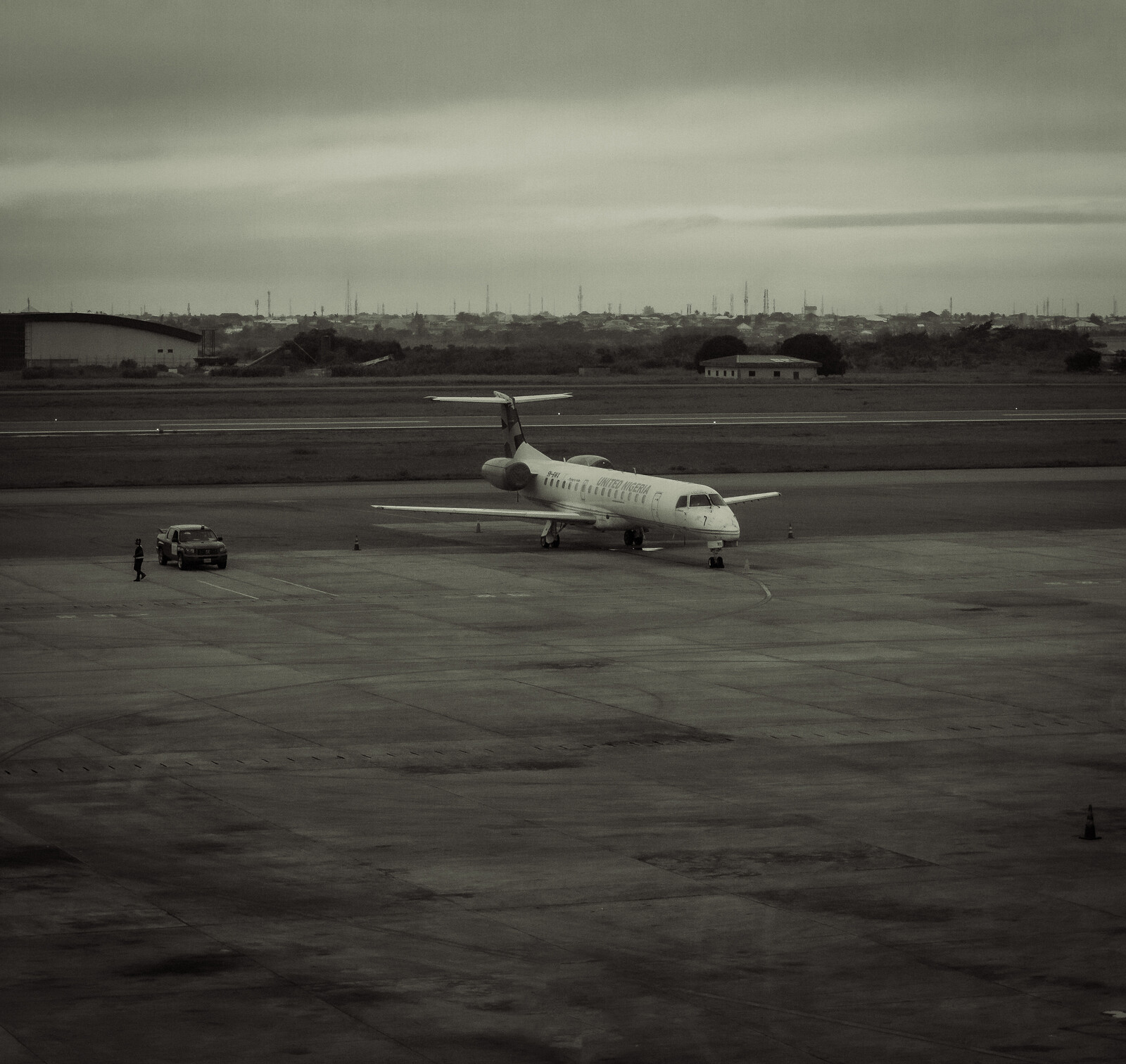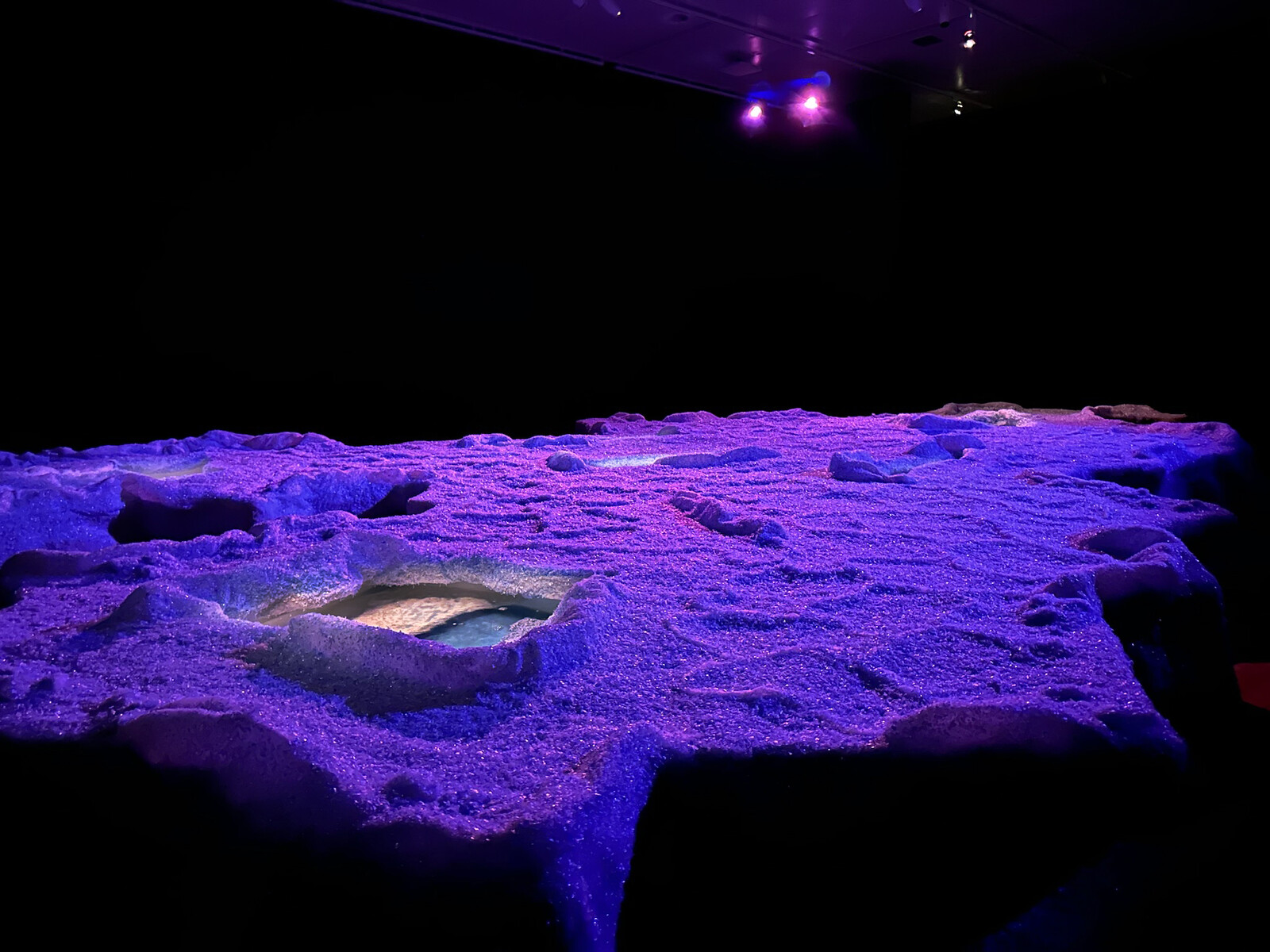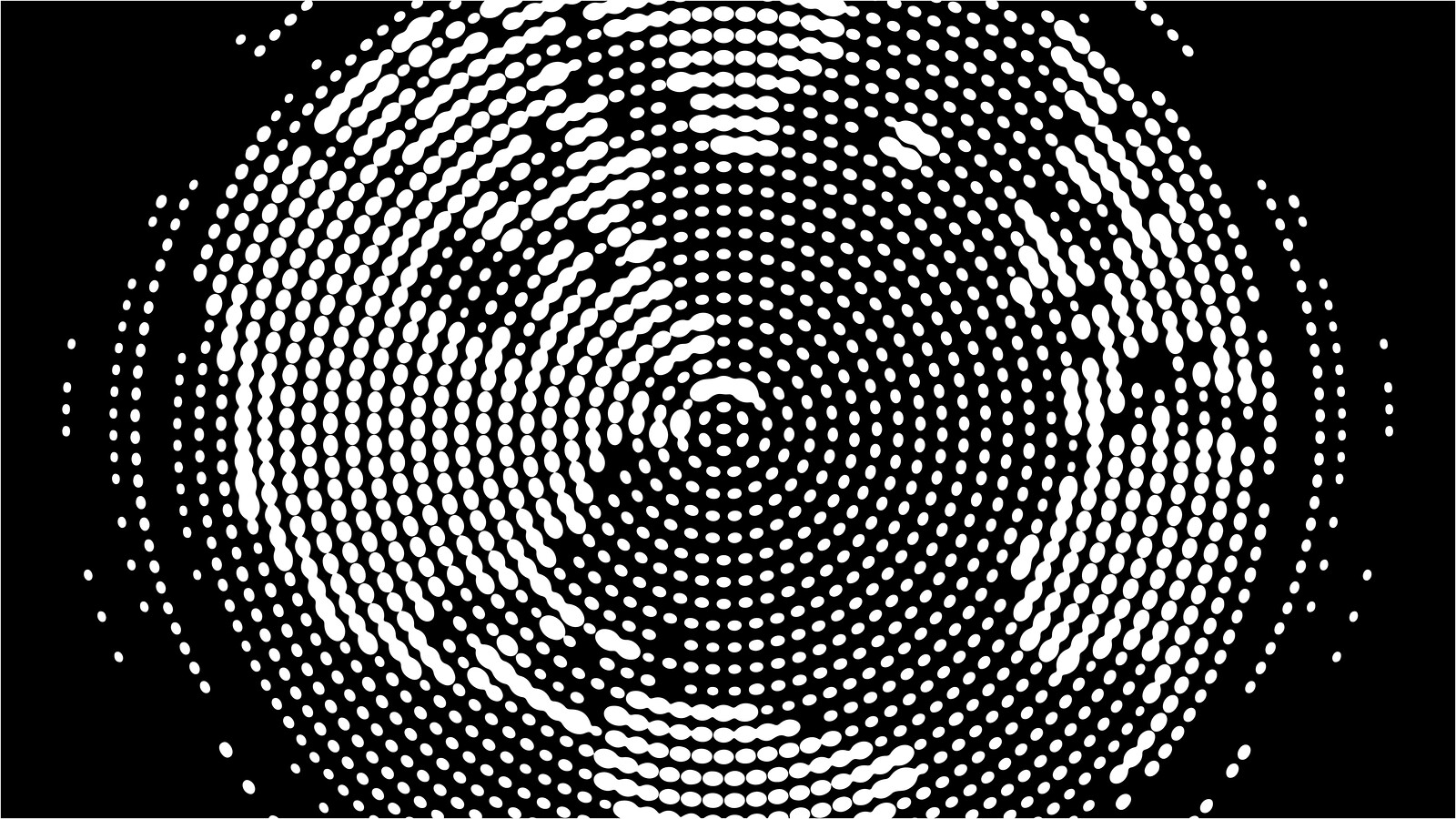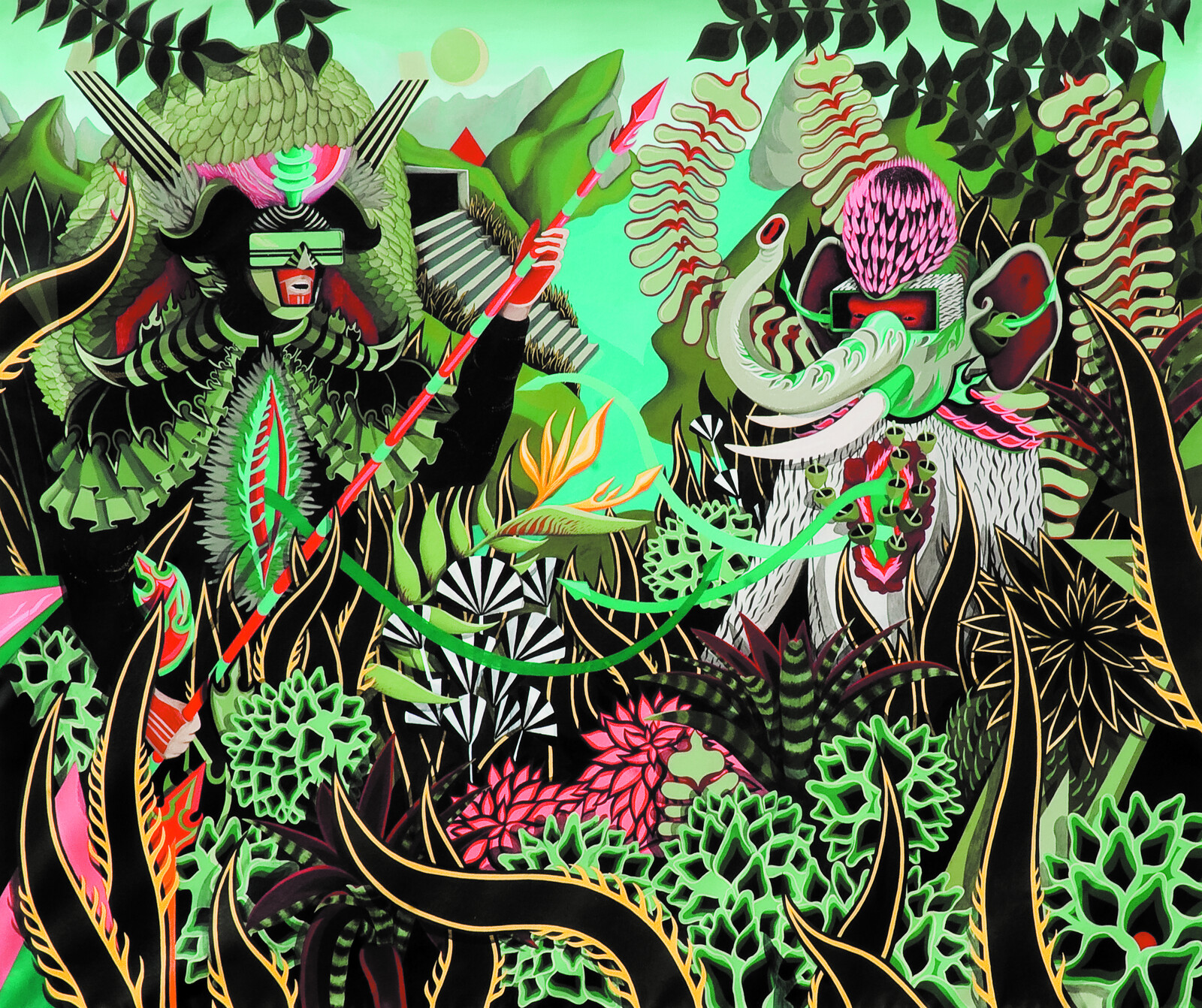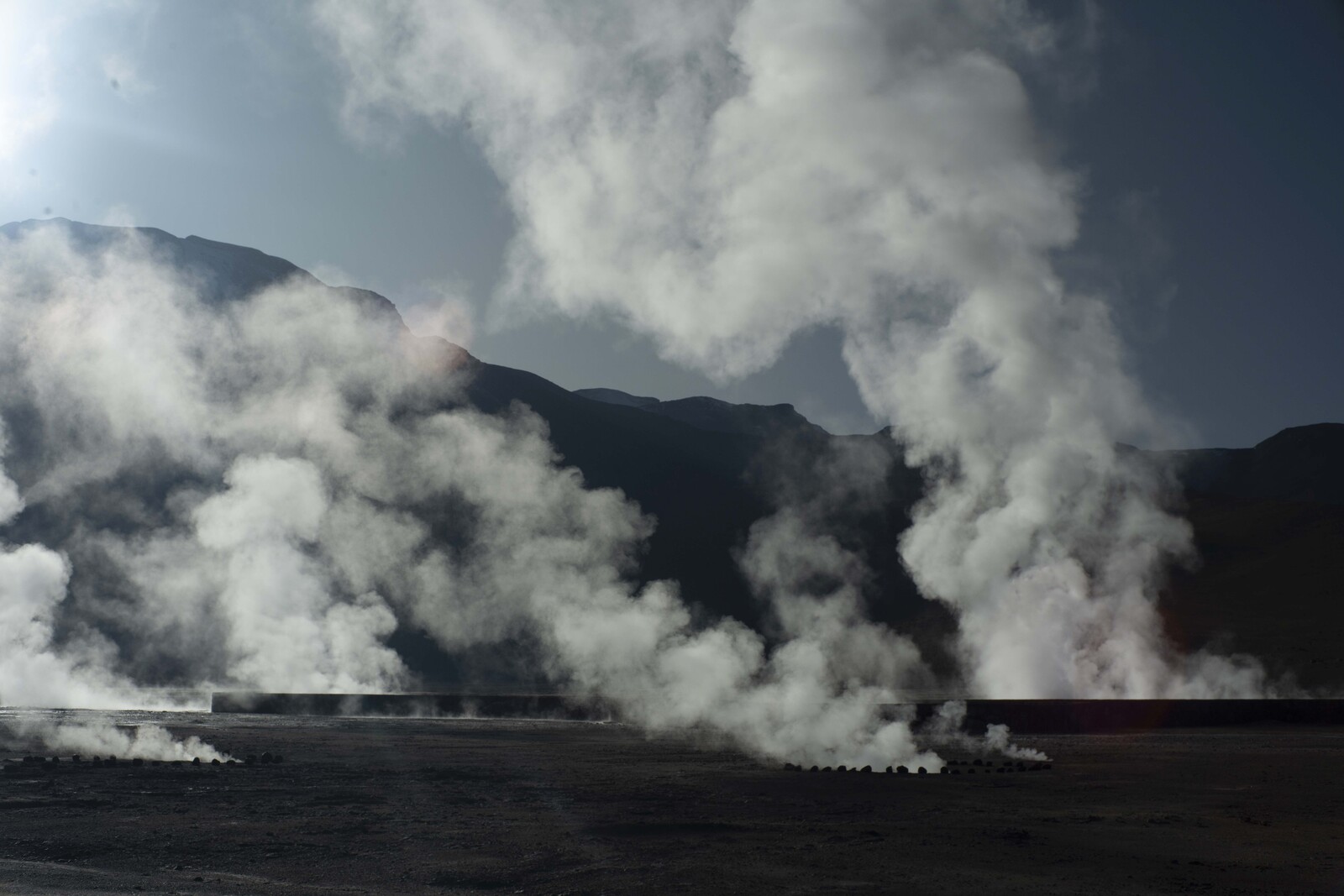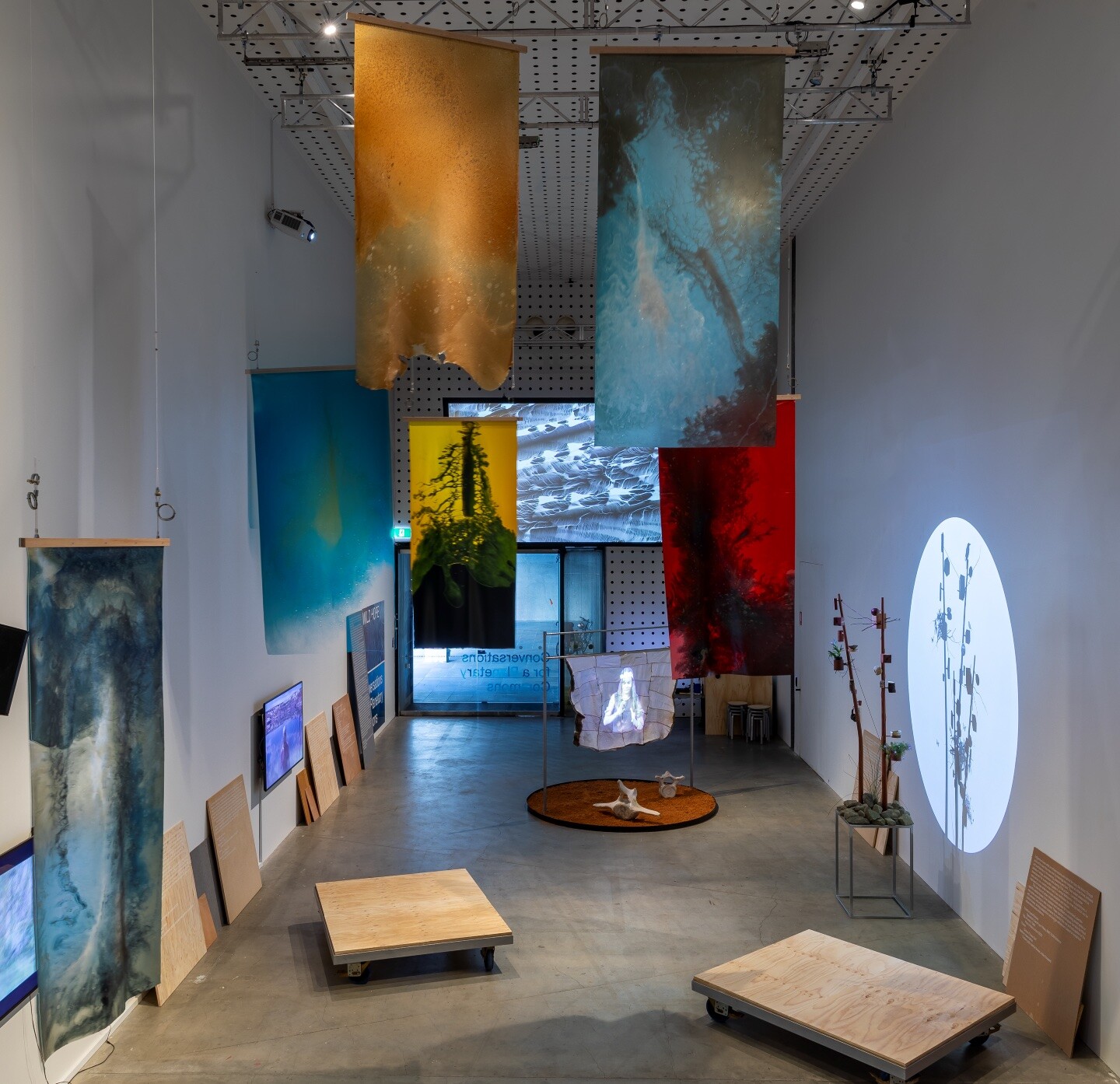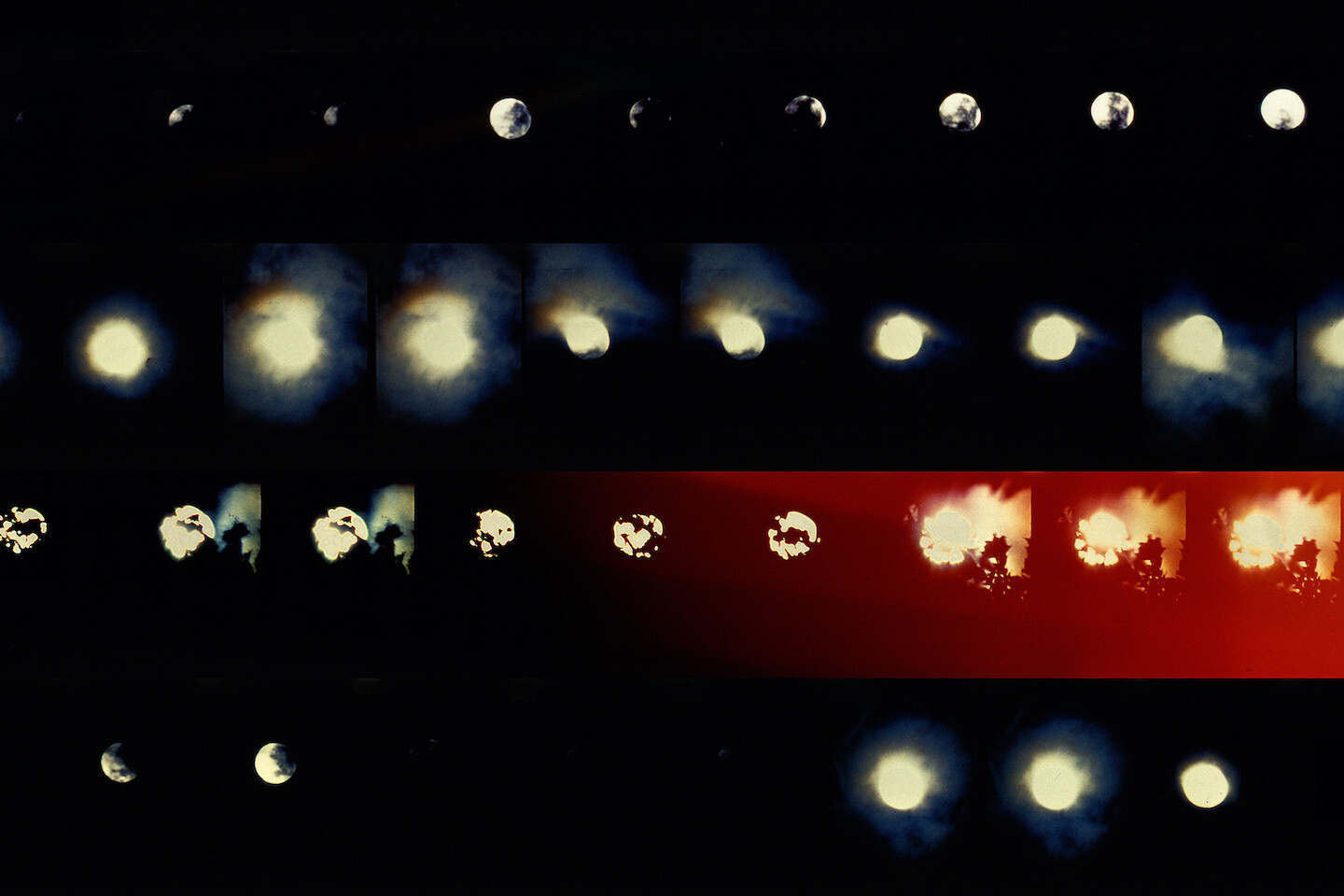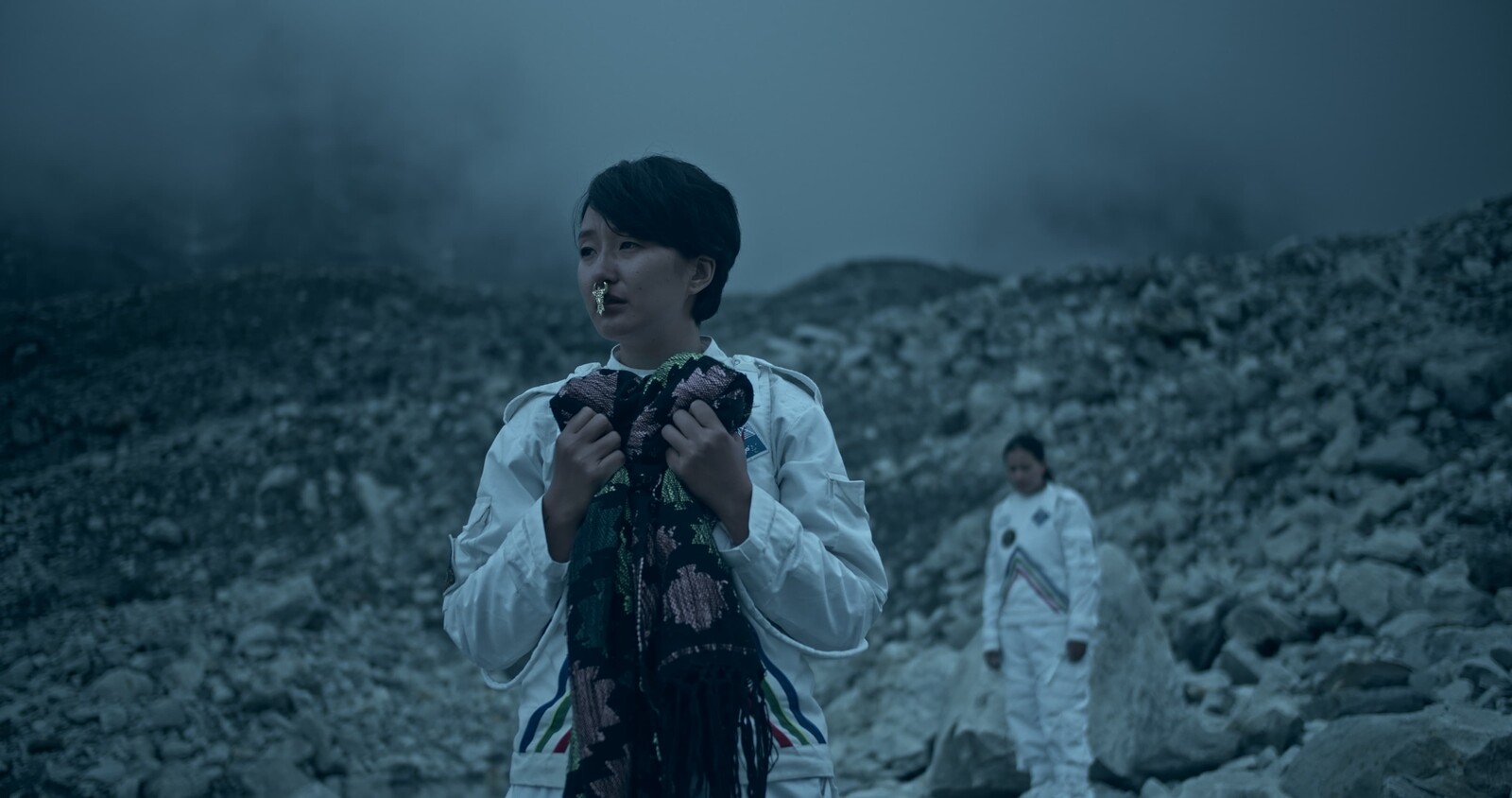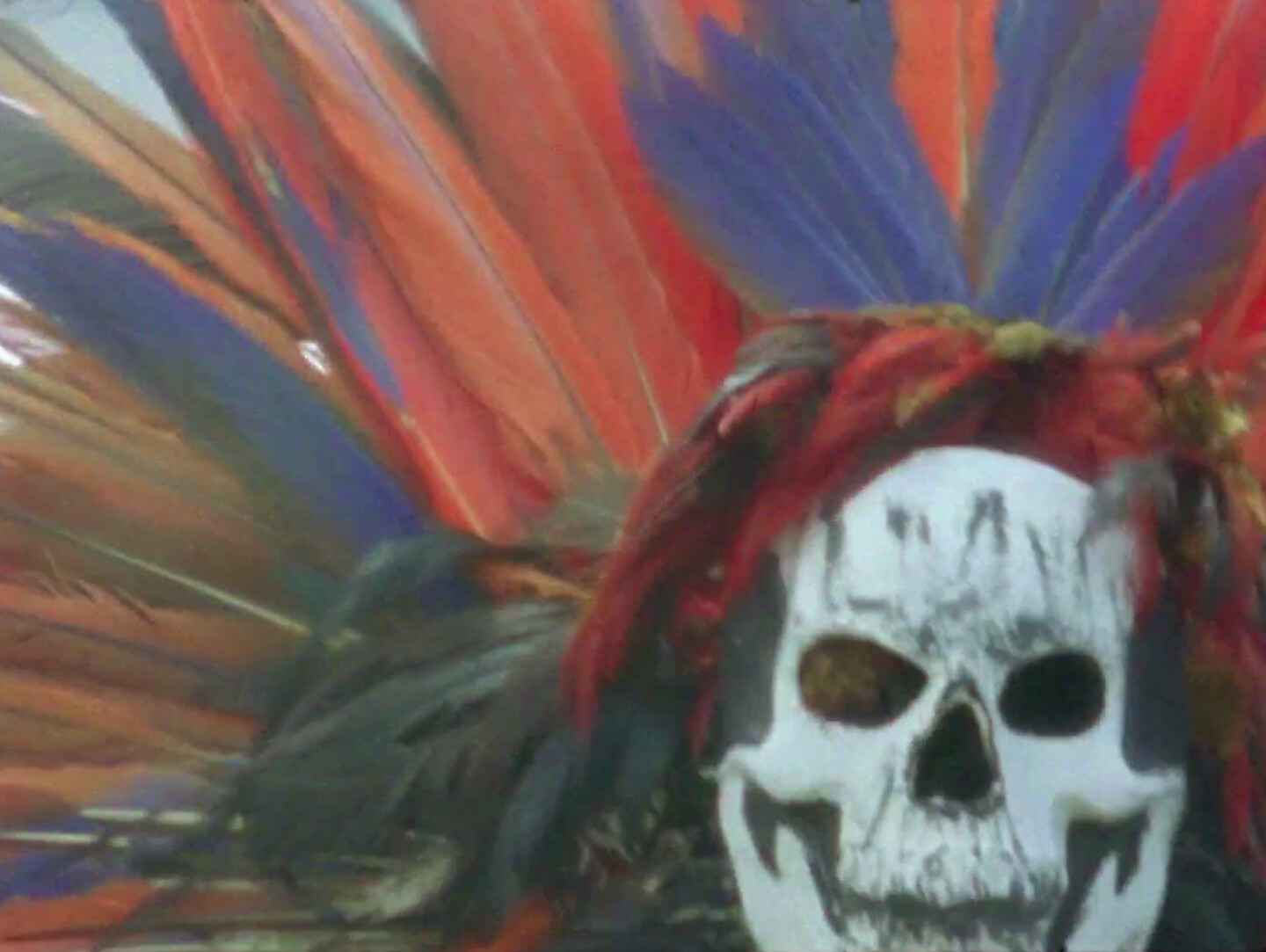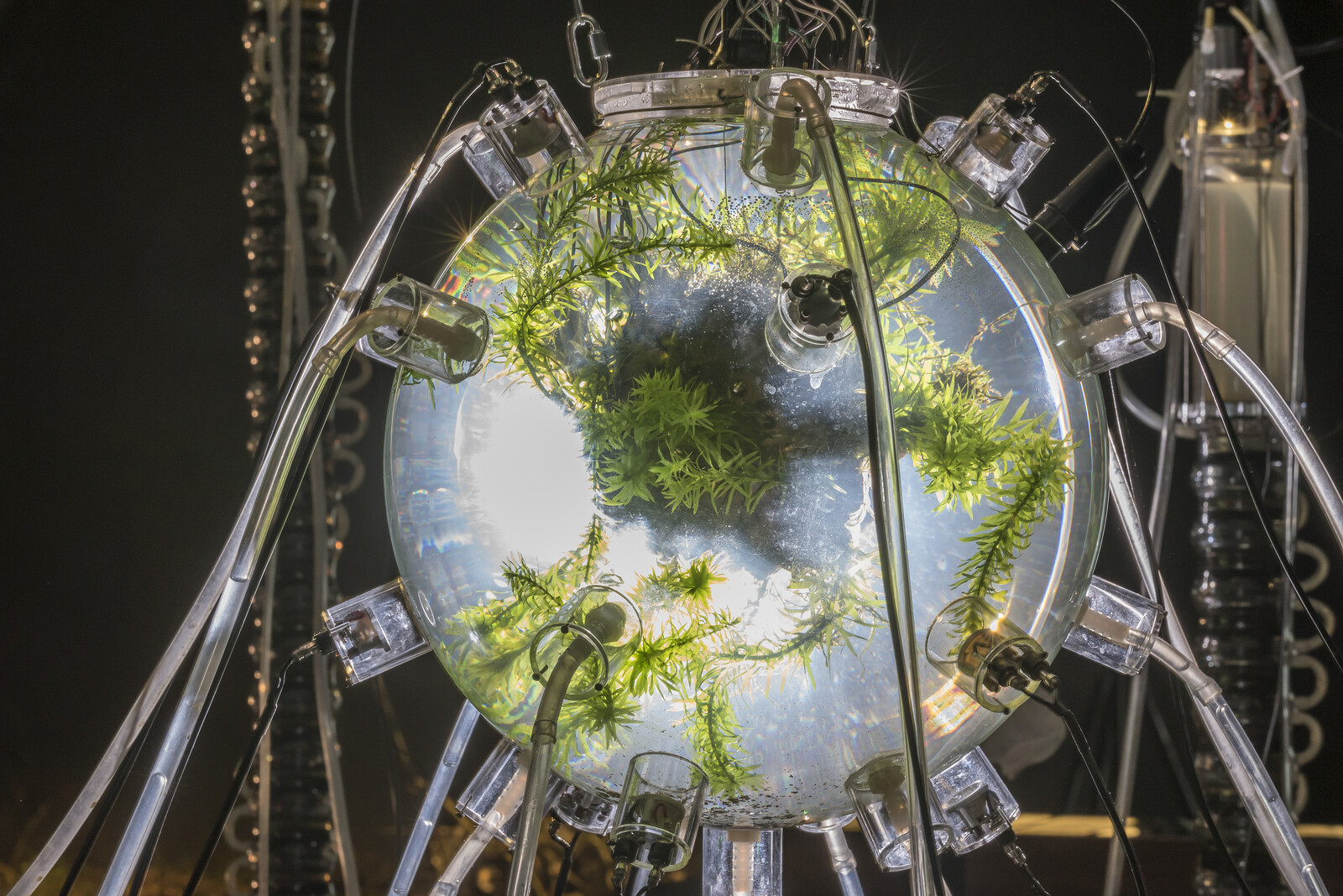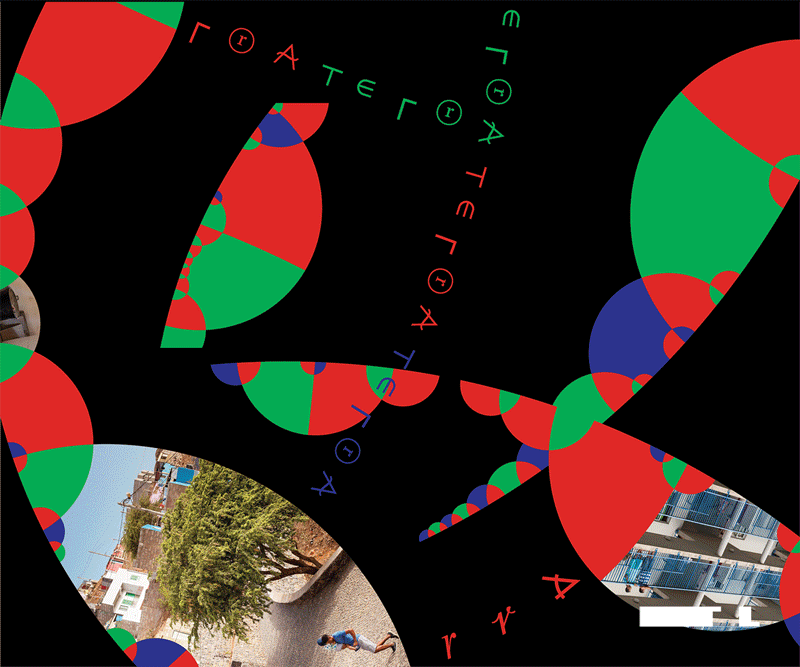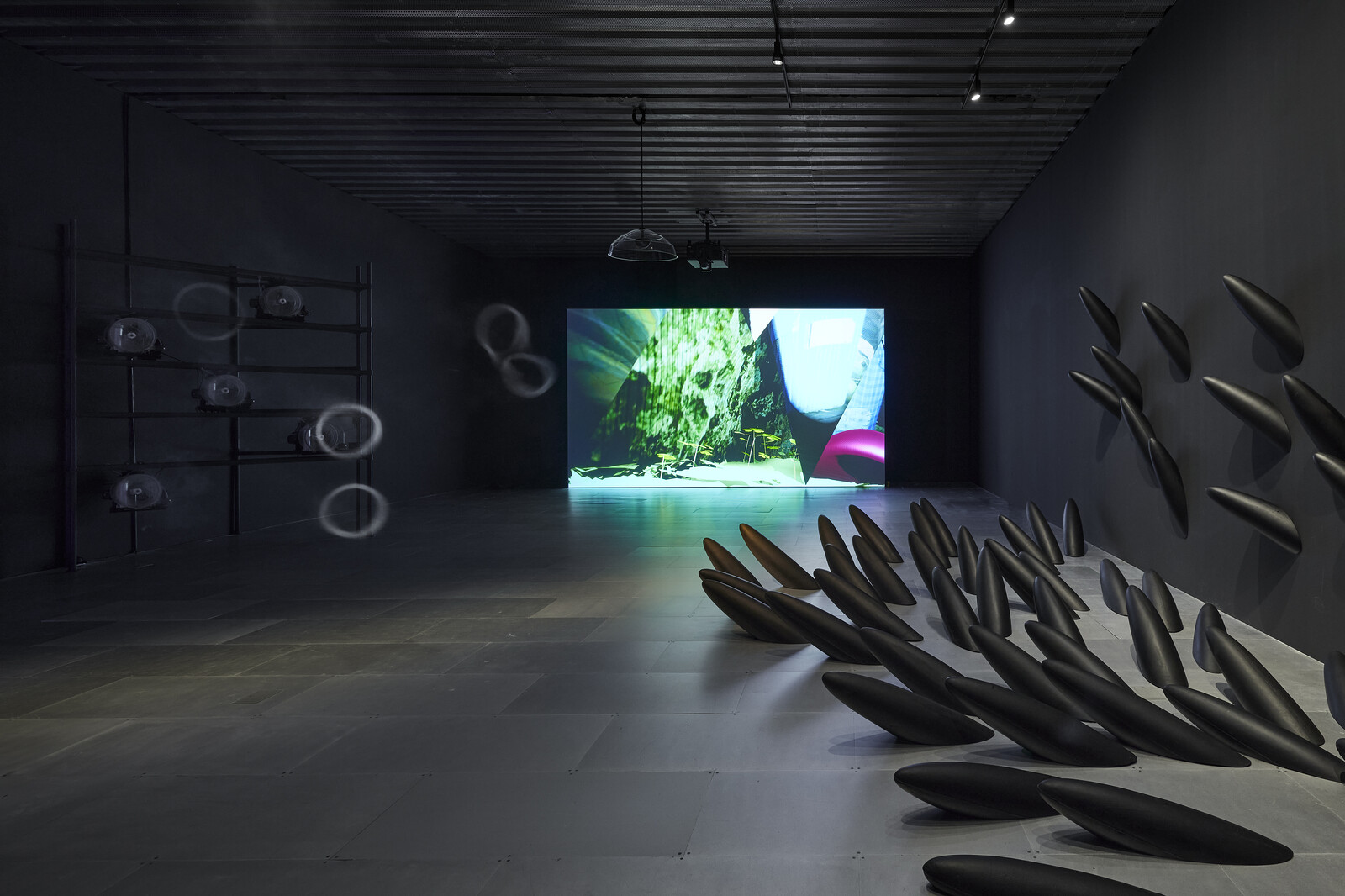Anthony Acciavatti, “Groundwater Earth”
It is also true that photography itself is an encounter with the fact that things are not what they appear. That they are in fact appearances. Eyes traveling through this occupation need to adapt to yet another kind of light. One with enough strength to expose and then decode the symbols of settler-colonialism that order one’s field of view: prickly pears growing over shattered limestone, expatriated palms and pines, color-coded rooftop water tanks, rose-red corrugated roofs, multibillion-dollar separation barriers, demolition rubble, expansive checkpoints, and bypass roads around shrinking enclaves of Palestinian-only areas. In other words, the ability to read the signs is part and parcel of decolonizing vision. So too is understanding the original fabric of historic Palestine so as to read through the layers of what has been erased and replaced against what has been appropriated.
I can hardly bear it when it is over, I can hardly bear it when it starts
